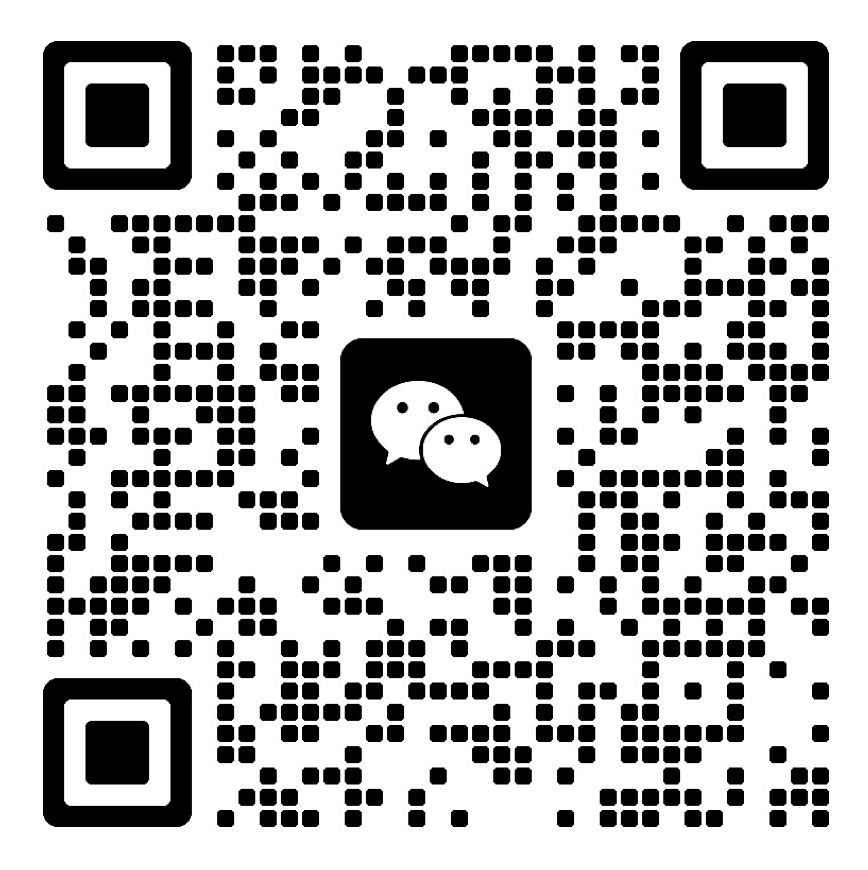
Services
返回Testing Services
- Internet of Things authenticat
- UWB Product Certification
- 5G NR Product Certification
- Receiver Product Certification
- SAR testing
- Base station certification
- Interphone product certificati
- Wireless charging product cert
- WiFi Product Certification
- FM/AM Product Certification
- Bluetooth BQB Product Certific
- Mobile communication product c
- Wireless and communication det
- Automotive Electronic Testing
- EMI Test - Conducted Emissions
- EMI Test - Radiation Emission
- EMI testing - low-frequency ma
- EMI Testing - Transient Conduc
- EMS test - low-frequency magne
- EMS Test - High Current Inject
- EMS Testing - Portable Transmi
- EMS Test - Transient Conducted
- EMS Testing - Electrostatic Di
- EMS testing - radiation anti-i
- Electrical performance testing
- Voltage flicker test - Suzhou
- Electrical Fast Pulse Withstan
- Electromagnetic Radiation Tole
- Conducted Immunity Test (CS) -
- Conducted Interference (CE) -
- Common issues with high and lo
- Common issues with fatigue tes
- Common issues with vibration t
- Vibration
- Rapid temperature change test
- Performance testing of automot
- Automotive metal material test
- Comprehensive vibration test o
- Three comprehensive vibration
- Three comprehensive vibration
- Spoiler Three Comprehensive Vi
- Sunvisor Three Comprehensive V
- Comprehensive vibration test o
- Instrument panel/instrument pa
- Temperature shock/cold and hot
- Vibration testing
- Temperature shock test
- Reliability testing
- Automotive ELV&VOC
- Hazardous substance testing
- Testing of toys and baby produ
- Food contact material testing
- Leather Footwear Inspection
- Ecological textile testing
- Consumer Product Testing Servi
- Consumer Product Testing Servi
- Consumer Product Testing Servi
- Consumer Product Testing Servi
- Consumer Product Testing Servi
- Consumer Product Testing Servi
- Consumer Product Testing Servi
- Consumer Product Testing Servi
- Consumer Product Testing Servi
- Automotive ELV&VOC
- Reliability testing
- Climatic Environmental Testing
- Climatic Environmental Testing
- Climate environment testing -
- Climatic environmental testing
- Climate environment testing -
- Climatic environment test - co
- Climatic Environmental Testing
- Climatic Environmental Testing
- Climatic environment testing -
- Climate Environmental Testing
- Climatic environment testing -
- Climate environment testing -
- Mechanical testing - Vibration
- Mechanical testing - Three com
- Mechanical inspection - mechan
- Mechanical testing - Drop test
- Mechanical testing - Packaging
- Other tests - Voltage withstan
- Other tests - Drum drop test
- Other tests - tensile testing
- Other tests - Drum drop test
- Other tests - Paper tape wear
- Other tests -100 grid test
- Other tests - Alcohol abrasion
- Other tests - pencil hardness
Certification Services
Register for the record
Systems and Training Services
Laboratory design and construction
Contact Us


National 24-hour service hotline
86+13560405821
Group Headquarters
E-mail: Lymay.zhong@lcs-cert.com
Address: Juji Industrial Park, Xueziwei, Ngabian, Shajing Street, Baoan District, Shenzhen Building A 1~2F, Building C 3F
Conducted Immunity Test (CS) - Suzhou LCS Standard
Product range:
Conducted Anti-Disturbance Test (CS)
Overview of conducted disturbance immunity
This standard mainly introduces the test method of the international standard IEC61000-4-6:2006, corresponding to the national standard GB/T17626.6:1998 "electromagnetic compatibility test and measurement technology conduction disturbance immunity induced by radio frequency field".
Conducted disturbance immunity test purpose and application
The main source of disturbance covered by this standard is the electromagnetic field generated by RF transmitters in the frequency range of 9kHz to 80MHz. The electromagnetic field will act on the electrical and electronic equipment power lines, communication lines and interface cables and other connection lines, the length of these connection leads may be comparable to several wavelengths of the interference frequency, therefore, these leads become passive antennas, receiving the induction of the external electromagnetic field, the lead cable can be coupled to the inside of the equipment by conduction (and finally the near-field electromagnetic disturbance formed by radio frequency voltage and current to the inside of the equipment) to interfere with the equipment. Thus affecting the normal operation of the equipment. Therefore, the purpose of this standard is mainly to establish a public reference for evaluating the conducted disturbance immunity performance induced by RF fields, and to provide a basic reference for professional technical committees or users and manufacturers of relevant products.
A common term for conducted disturbance immunity
(1) Artificial hands
An electrical network that simulates the human impedance between a handheld electrical device and ground under normal operating conditions
(2) Auxiliary equipment
Equipment that provides the signal required for the normal operation of the device under test and equipment that verifies the performance of the device under test.
(3) Inject forceps
u Current clamp
A current converter realized by a secondary winding consisting of a cable to be injected into the signal.
u Electromagnetic pliers
An injection device that combines capacitive and inductive coupling.
(4) Common-mode impedance
The ratio of common-mode voltage to common-mode current on a port.
(5) Coupling coefficient
The ratio of the open-circuit voltage (electromotive force) obtained at the device port under test of the coupling device to the open-circuit voltage at the output of the signal generator
(6) Coupled network
A circuit that transmits energy from one circuit to another at a specified impedance.
(7) Decoupling networks
Circuits that prevent the measurement signal applied to the device under test from affecting other devices, devices, or systems that are not being measured.
(8) Voltage standing wave ratio
The ratio of the maximum voltage along the line to the adjacent minimum voltage amplitude.
Conducted disturbance immunity test level
u In the 9kHz-150kHz frequency range, no measurement is required for induced disturbances caused by electromagnetic fields from RF transmitters.
u In the frequency range of 150kHz-80kHz, the immunity test for induced disturbance caused by electromagnetic fields from RF transmitters should be selected according to the electromagnetic environment in which the equipment and cable are finally installed, according to the corresponding test level according to the following table.
Frequency range 150kHz-80MHz
Test level
| Frequency range 150kHz~80MHz | ||
| Test level | Voltage (RMS) | |
| U0,dBμV | U0,V | |
| 1 2 3 X | 120 130 140 | 1 3 10 |
| specific | ||
| 1) X is an open level | ||
Ø Class 1: Low-level radiation environment. Typical levels for radio/television stations located at distances greater than 1km and typical levels for low-power transmitter receivers.
Ø Class 2: Moderate electromagnetic radiation environment. Use in low-power portable transmitter receivers adjacent to equipment (typical rating less than 1W). Typical business environment.
Ø Class 3: Harsh electromagnetic emission environment. Used in portable transmitter receivers (≥1W) that are relatively close to the device, but less than 2m away. High-power broadcast transmitters used close to equipment and possibly close to industrial, scientific, and medical equipment. Typical industrial environment.
Ø × category: × is the level of openness specified by negotiation or product specifications and product standards.
u For equipment with a total size of less than 0.4m and no conduction cables (such as power lines, signal wires or ground wires), the standard stipulates that this test is not required. For example, a battery-powered device does not need to do this experiment when it is not connected to the earth or any other device and is not being used while charging, but it must be used during charging.
u The frequency range specified in the standard is 150kHz-80MHz, but the frequency range of the actual test can be determined according to the analysis of the situation of the test equipment, and when the size of the test equipment is relatively small, the test frequency can be extended to 230MHz.
Service process

Large-scale experimental base
Professional Lab
Analysis Method
Testing/year




 WeChat Inquiry
WeChat Inquiry
